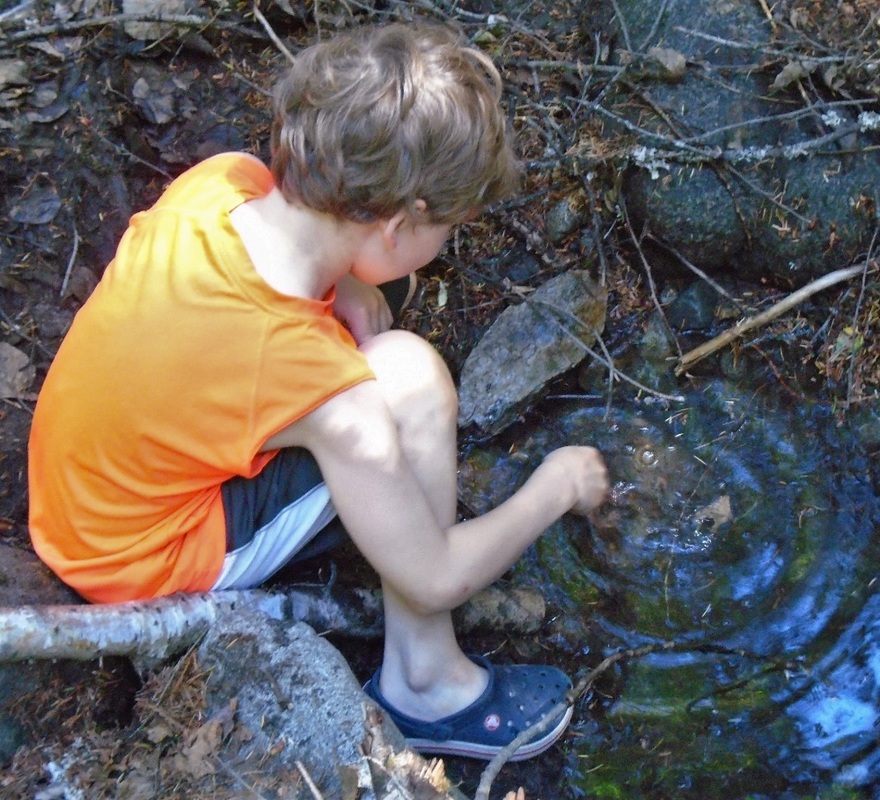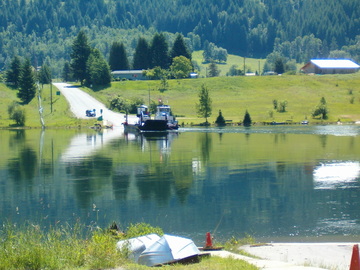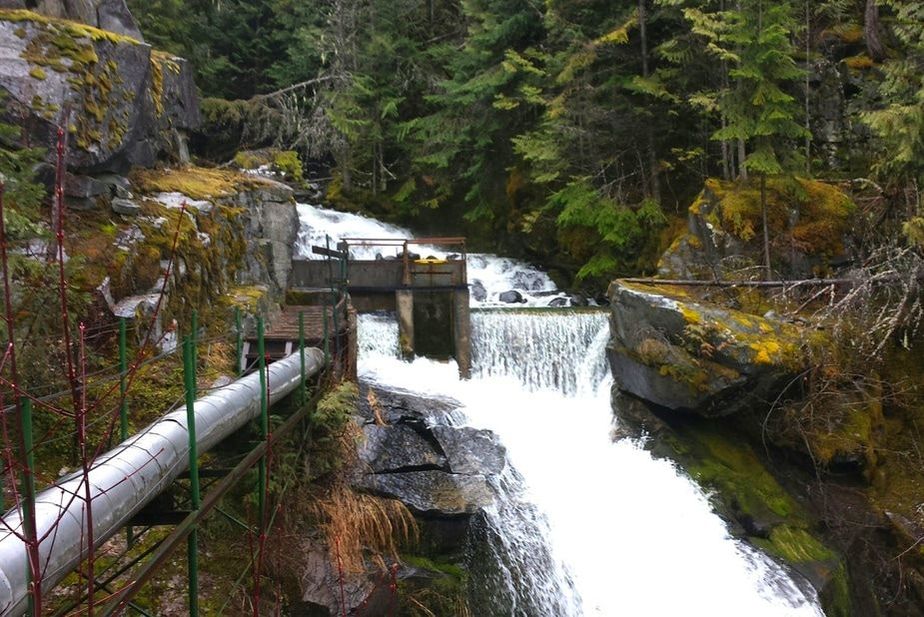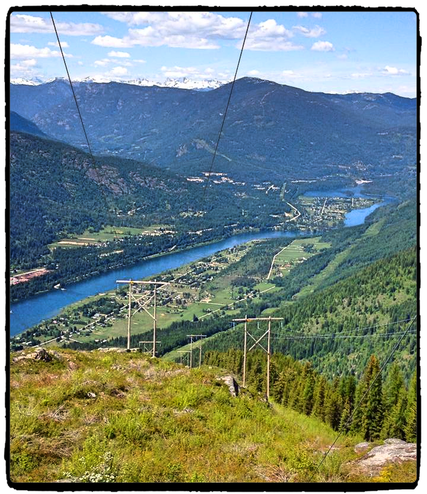Glade community water...
|
The Glade Creek Community watershed intake is governed by the Glade Irrigation District. On the GID website link are bylaws, water regulations for Glade, turbidity results, and our water notices.
Glade Irrigation is currently working with Interior Health Authority to improve the quality of our water through additional water treatment systems. Any degradation of the source water could greatly affect the decisions related to our water treatment system and the resulting costs for this community. In rural BC it is not unusual for a community to be under a boil water notice/advisory but it is concerning, as there is a health risk. Our water is closely monitored by members of the community and Glade irrigation District data is regularly sent to the Interior Health Authority. Besides the Community watershed, Glade residents in Upper Glade get their water from small points of diversion, as do many people in BC. These small streams have been providing water to residents for 100+ years. Kalesnikoff logging area is just above, or in some cases, overlaps these vulnerable streams. |
Is there a Threat to Glade Drinking Water?
Yes, according to the professional opinion letter by Dr. Martin Carver, there is a threat from a number of sources:
|
| for_website__no_address__aea_letter-threat-to-gid-water-supply_final_rev_carver_opinion_letter.pdf |
The water from our taps...
|
There are approximately 300 people in Glade, dispersed between 145 residences and/or farms. Approximately one hundred homes are on Glade Irrigation District water. Another approximately 35 to 40 homes are on separate Points of Diversion (PODs), getting their water from small surface creeks and streams. Many have been using these sources since the Doukhobors first settled here in 1911. These small streams provided water to families then, and they still do today. These PODs, although not in the watershed, are within the logging 'harvest' area and could be affected by proposed logging and road building taking place directly above them.
|
How sediment and turbidity can deteriorate drinking water
There can be numerous sources of sediment and turbidity in creeks and streams. In the Glade watershed, disturbances have resulted in at least 3 landslides and there are sources of sediment in Glade Creek water. (Interior Watershed Assessment Procedure & Reconnaissance Stability Assessment of Structure Locations Glade Creek. February 2001. M.Carver). In addition, clear cut logging, road building and the subsequent damage that might occur can greatly increase the likelihood of sediment in the water.
When sediment production increases, it affects the efficacy of our water treatment process by introducing not only fine clays, sands and silts, but also organic compounds. The maximum acceptable concentration of turbidity in the Guidelines For Canadian Drinking Water Quality is 1.0 NTU (with a recommended target of 0.1 NTU). Where turbidity levels are elevated, disinfection (and thus water safety) is compromised. Bacteriological constituents, along with sediments may actually overwhelm the disinfection system at elevated levels even while treatment and delivery of water to the community are occurring.
When sediment production increases, it affects the efficacy of our water treatment process by introducing not only fine clays, sands and silts, but also organic compounds. The maximum acceptable concentration of turbidity in the Guidelines For Canadian Drinking Water Quality is 1.0 NTU (with a recommended target of 0.1 NTU). Where turbidity levels are elevated, disinfection (and thus water safety) is compromised. Bacteriological constituents, along with sediments may actually overwhelm the disinfection system at elevated levels even while treatment and delivery of water to the community are occurring.
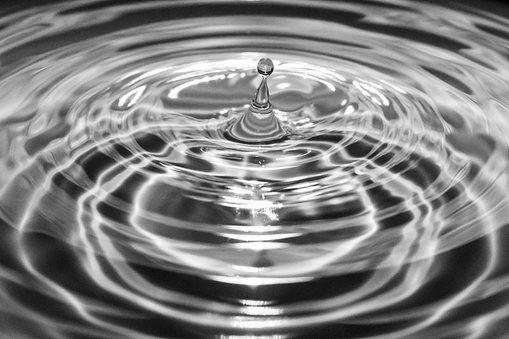
Disinfection utilizing chlorine is the treatment currently in place for the Glade water system. This jurisdiction issues Water Quality Advisories when turbidity levels exceed a set level, even though chlorination is present. This is the only option available to the operators of this water system in terms of reducing risk to the users. As such Glade Irrigation water users are under a Boil Water Notice.
There is also the challenge of disinfection byproducts to consider. While protecting against microbial contamination is the top priority, chemical compounds are formed unintentionally when chlorine reacts with natural organic matter in water. In the early 1970s it was determined that drinking water chlorination could form a group of byproducts known as trihalomethanes (THMs), including chloroform and Haloacetic Acids (HAAs) which pose a long-term health risk to water consumers when at elevated levels. Our water system can only meet this challenge by an effort to control the amount of natural organic material getting into in the water prior to disinfection. (Health Canada)
There is also the challenge of disinfection byproducts to consider. While protecting against microbial contamination is the top priority, chemical compounds are formed unintentionally when chlorine reacts with natural organic matter in water. In the early 1970s it was determined that drinking water chlorination could form a group of byproducts known as trihalomethanes (THMs), including chloroform and Haloacetic Acids (HAAs) which pose a long-term health risk to water consumers when at elevated levels. Our water system can only meet this challenge by an effort to control the amount of natural organic material getting into in the water prior to disinfection. (Health Canada)
